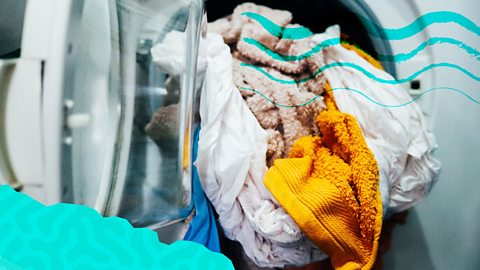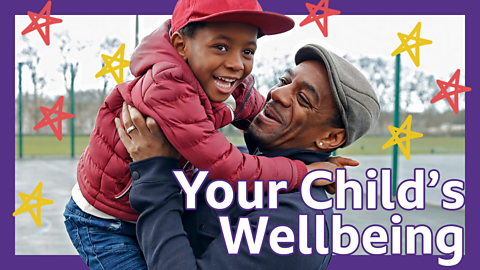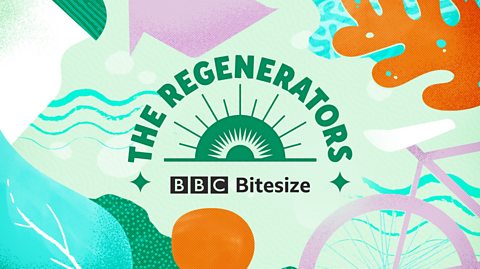Children can often ask difficult questions, so when they start grilling you about “why is the sky blue?” or “who decided that green means go and red means stop?” parenthood can be like being on Mastermind.
Children will probably have heard about climate change from things they've seen and read about, lessons at school and talking in the playground. Understanding what climate change is and comprehending its effects and what can be done about it is tough for even adults to understand - and answering questions a child might have can feel daunting as a parent.
Bitesize has spoken to two psychologists who have advice on answering some of the questions your child might ask.

“What is Climate Change?”

Megan Kennedy-Woodard is a psychologist who specialises in dealing with emotions around climate change. She’s a founder of Climate Psychologists and an author of the book Turn the Tide on Climate Anxiety.
“Young people in that mid-childhood (primary school) age still operate with something we call ‘magical thinking’. They have loose ideas about important subjects, but may not fully grasp or understand the facts, or they might have two distinct pieces of information and bridge the gap using fantastical ideas!
“For example, we've heard of children scowling at smokers, whom they believe to be the root cause of pollution, or children explaining that global warming means there will be molten lava in their bedrooms and they will need to jump across the furniture to get around.”
Megan says it’s useful to let your child lead the conversation.
“A good way to start the conversation is by simply asking them what they know about climate change, but also how it makes them feel.
“Children need to hear the truth and clear facts about climate change. It’s important that you feel confident in your definition of climate change and its impact.
"What we always emphasise is that YOU DON'T NEED TO BE A CLIMATE SCIENTIST TO TALK ABOUT CLIMATE CHANGE.
"If your child asks you a question you don’t know the answer to, it’s OK to pause, review and come back to the conversation after you've done your research. We suggest doing this separately, as search engines can produce anxiety-provoking headline-grabbers that may not be useful information for your children.”
This ≥…»ÀøÏ ÷ News article - What is climate change? A really simple guide may help you answer some of their questions and allows you to pose some of your own.
When it comes to talking to your child about any news they might have heard about climate change, Megan suggests using a rule of three.
“We encourage that for every negative fact or story about climate change, you follow up with three pieces of positive information - like climate wins, examples of success, or people making a difference - so that children feel they have agency and hope.
“This doesn’t mean we sweep past the negative emotions, or the worrying information. Create space in the conversation to ask what the negative information makes them feel, allow for it, but also give airtime to all that we have to play for, and the actions we’re already taking.”
“Is the world going to end?”
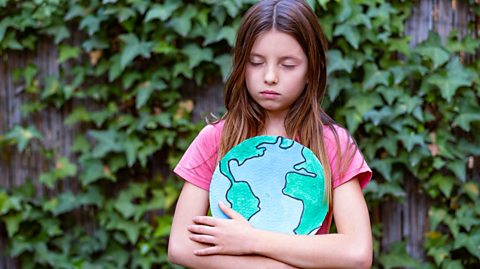
Megan says that once a child knows about climate change, big, difficult questions can be common.
“When we open the conversation of climate change up to our children, we need to understand that these facts will likely produce some big climate emotions that may be accompanied by some pretty startling questions and thoughts, like, “Is the world going to end?’ Or, “Can we stop climate change?”
“For parents this can feel quite upsetting and our natural response is to try and remove that worry as soon as possible, by reassuring our kids that everything is fine. But in the case of climate change, we're understanding more and more that this may not be helpful in the long term.
“When our children fear the monster under the bed, it’s easy to say, ‘don’t worry’ but actually, in the case of climate change, this is a valid and normal worry, and whilst we can contain it, we need to also allow them to feel scared and angry and sad. We can help them process this by telling them about times that we have felt the same way about climate change.”
Emma Citron is a Consultant Clinical Psychologist who works in child emotional, social, behavioural, and mental health. She says that different children will have different questions and fears when it comes to climate change.
“Listen to your child’s particular questions. For example, children can be scared of volcanoes even in countries that don’t have them, and recent flooding and bush fires at home and abroad have served to heighten these fears around natural disasters.”
If your child is upset by what they see or hear on the news, this advice from C≥…»ÀøÏ ÷ Newsround may help.
This article from Tiny Happy People is about helping smaller children with their fears.
“What can I/we do to help climate change?”
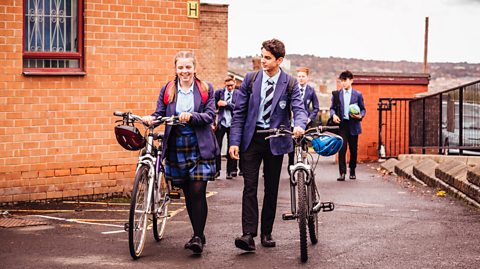
When it comes to children wanting to know what they can do about climate change, Megan says that letting them have their own ideas is important.
“As a parent, asking them what they'd like to do - and how you can support them - will help them feel like they're not alone. Encouraging them to get their friends to participate in their ideas will help them create those networks of support that really help with mental health and climate work.
“Tap in to their strengths. Some kids might feel like they've got something to say on the matter - so help them find a platform to share their ideas. Some kids are great at organising, some kids love to be in nature, encourage them to use their passions to support their climate work. Action can reduce anxiety!”
Emma also believes that when a child is doing something positive in response to climate change it can be helpful for them.
“Children like action ideas. Suggest some - and ask your youngster for suggestions. For example - not buying clothes so often and reusing siblings and friends' clothes if they don’t need them anymore; asking the headteacher about ideas such as introducing recycling bins in the school dining area; collecting unwanted shoes to up-cycle and giving to those in the UK or abroad who struggle to afford them.”
Here are some more ways you can help your child to be more environmentally friendly and reduce your family’s carbon footprint:
Everyday changes like travel: how they travel to school can be a chance to make a positive choice environmentally. Walking or cycling uses less energy, and less carbon, than driving to school and since it’s a daily journey, making the switch can add up to make a massive difference over time. If their school is too far to reach on foot or by bike, getting the bus would still make a substantial difference - and if that’s not feasible, lift sharing with another family would half your school run emissions.
If you’re lucky enough to jet off on holiday the flight will be a large part of your family’s annual carbon footprint. Traveling by plane uses a lot of fuel, and the further you travel the more fuel it takes, so staying closer to home will reduce your impact. Not flying at all would make the biggest difference, you could take the train to Europe or somewhere in Britain and make the journey part of the adventure.
And your child can feel that they’re doing something positive for the environment every mealtime just by finishing everything on their plate. Throwing away uneaten food is bad for the environment as it’s a waste of the energy which went into growing, transporting and cooking it - plus food waste sent to landfill can produce a greenhouse gas, methane.
Read more in this ≥…»ÀøÏ ÷ News article.

For a fun way to introduce your child to up-cycling, try these crafty ideas using glass jars, plastic bottles, tin cans and other spare objects from around the house.
If you want some ideas for how you as a family can start taking action steps - try these six easy ways to be environmentally friendly from The Regenerators - an initiative from ≥…»ÀøÏ ÷ Bitesize, which aims to support young people and inform them what they can do for the environment as well as equip them with the skills needed to create change and influence others to look after our planet and the world around us.
It has lots of easy to understand information that may be of use to you and your child as you help them navigate what's become the number one concern for young people.

More from ≥…»ÀøÏ ÷ Bitesize Parents' Toolkit and The Regenerators‚Ķ
Parents' Toolkit
Fun activities, real-life stories, wellbeing support and loads of helpful advice - we're here for you and your child.

How to tackle anxiety with Dr Anna Colton
Dr Anna has made seven short films with easy to learn techniques.

Easy family activities to feel closer to nature
THE REGENERATORS
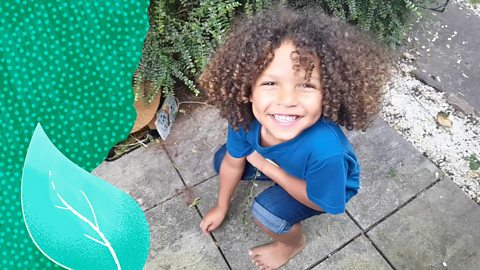
Six easy ways to be environmentally friendly
THE REGENERATORS
